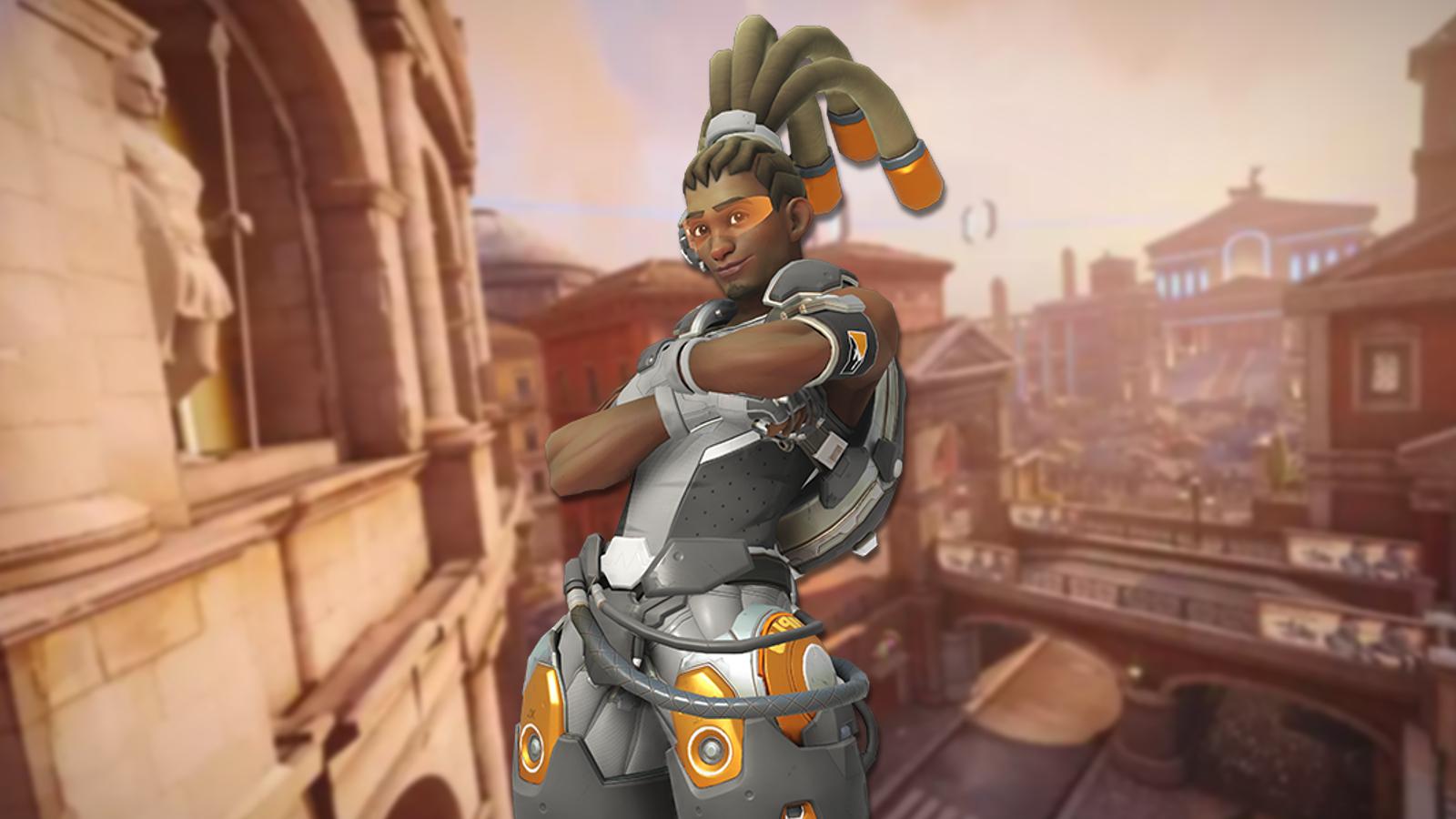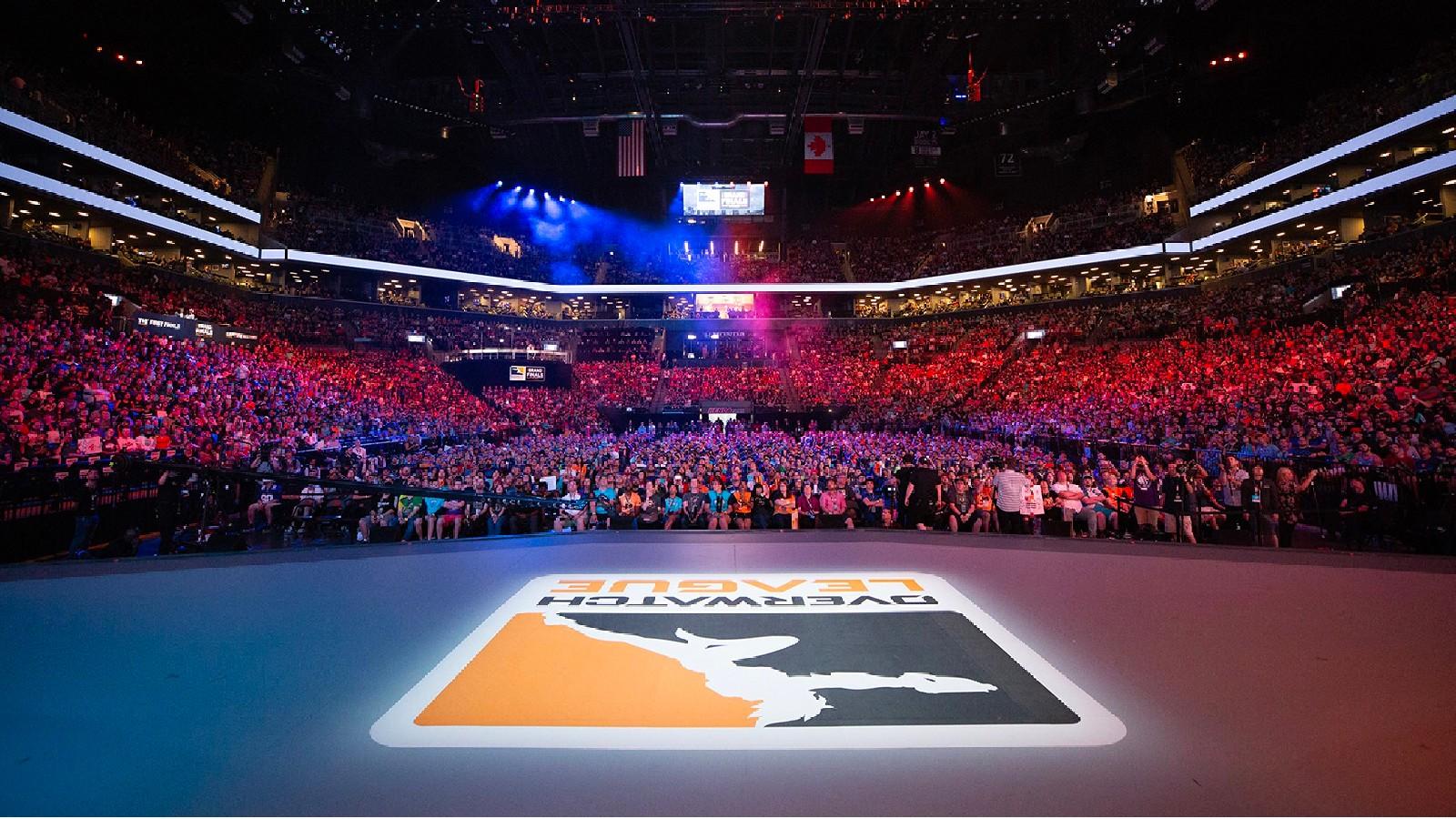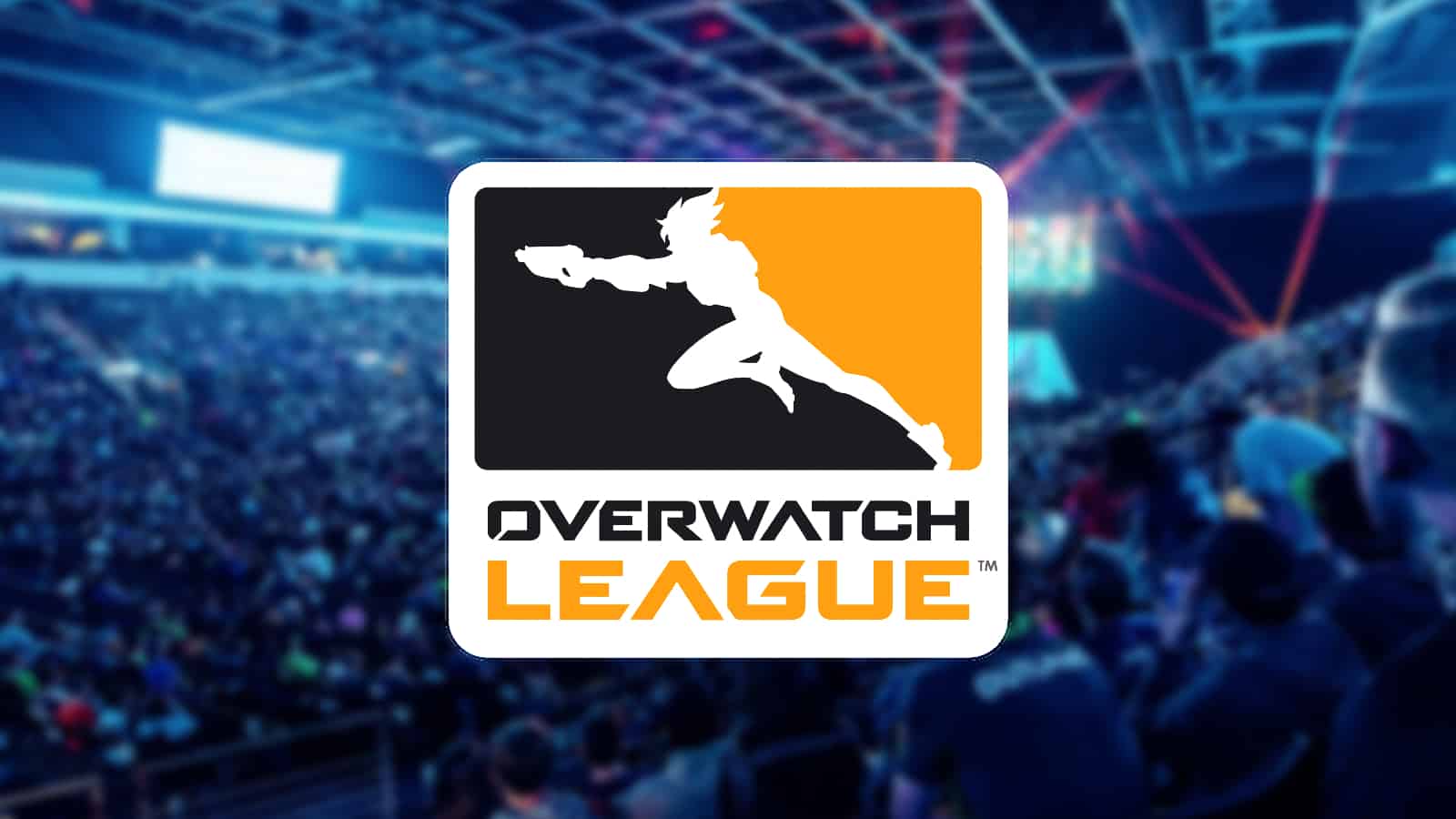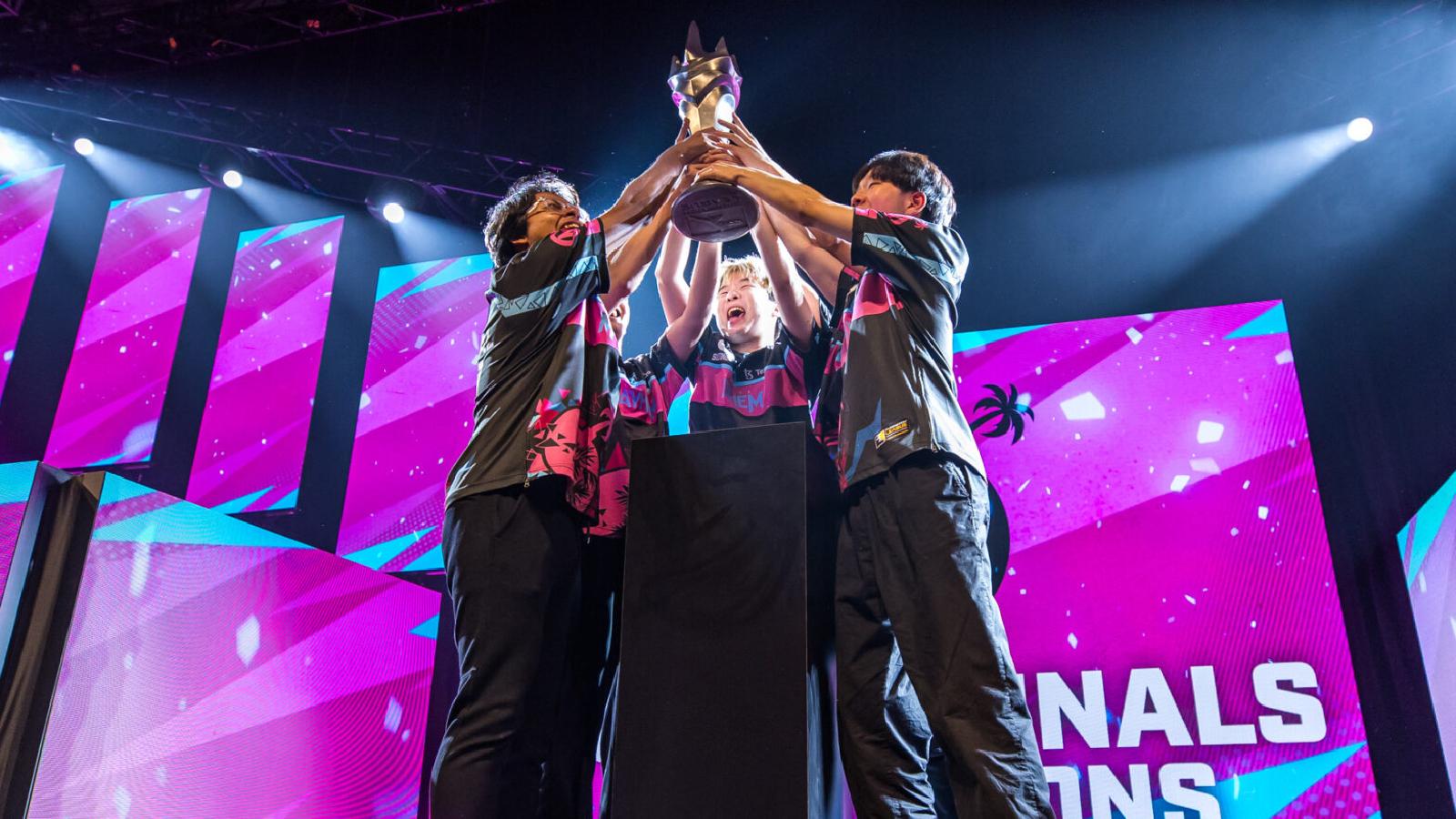Is the Overwatch League ending? OWL’s situation explained
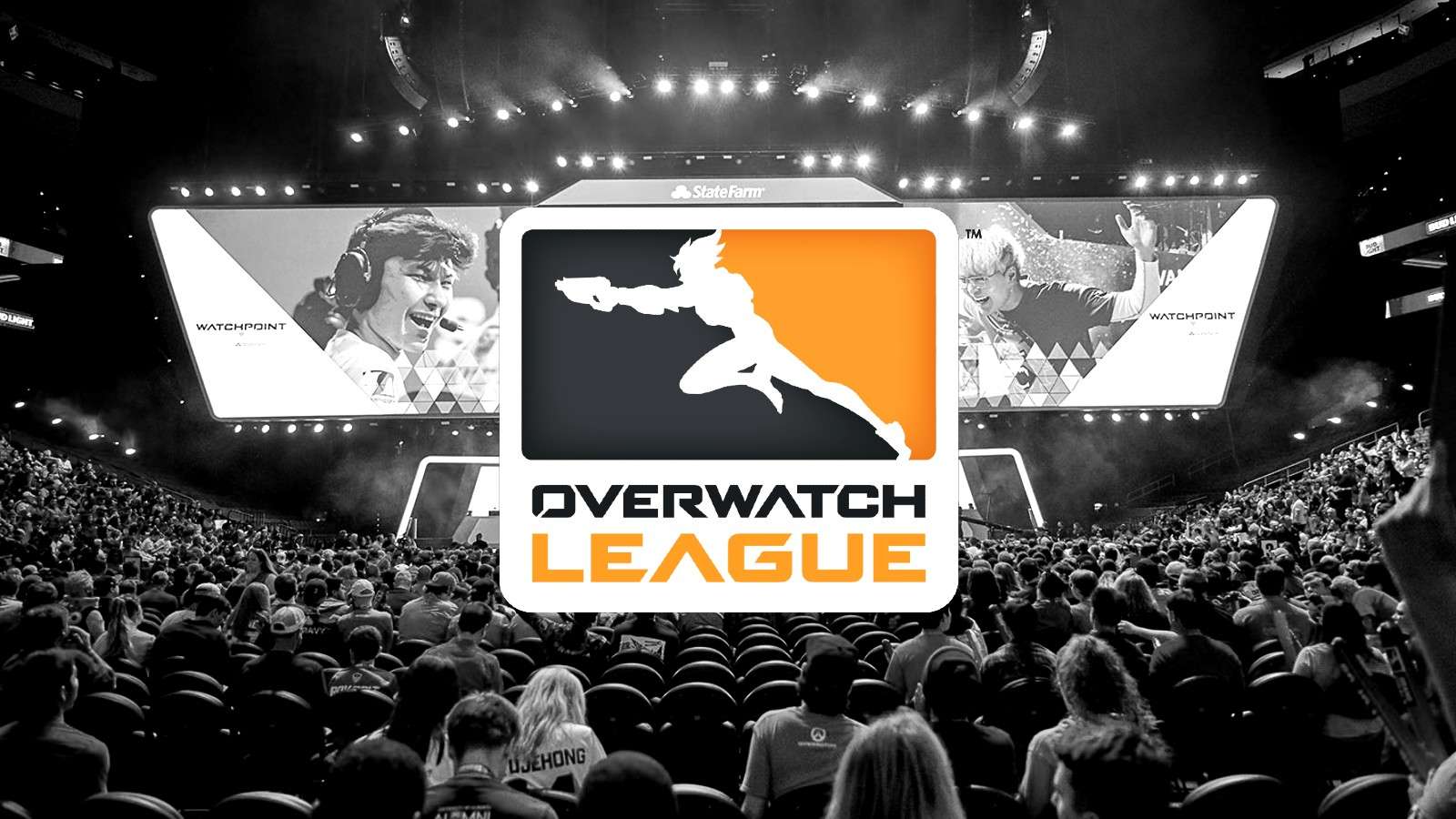 Overwatch League
Overwatch LeagueSix years after the Overwatch League was formed, dark clouds loom on the horizon. But is the OWL coming to an end? Here is what you need to know about the current state of the league.
As the esports industry continues to navigate a dark period commonly referred to as the “esports winter”, the Overwatch League is at risk of collapsing.
Established in 2017, the Overwatch League was Blizzard’s attempt to bring a traditional sports model to esports, complete with franchise teams. The 12 initial teams paid $20 million (although much of this is still owed) to enter the League in 2017, with the price of the eight expansion slots rising to as much as $35 million a year later.
Despite big ambitions and the extravagant sums of money involved, the Overwatch League has lost steam over the years, failing to ever eclipse the viewership it achieved at launch. Multiple factors have contributed to this, from the controversial YouTube exclusivity deal, to the 2020 global health and travel crisis (which shut down in-person events), to the allegations of abuse and harassment at Activision Blizzard.
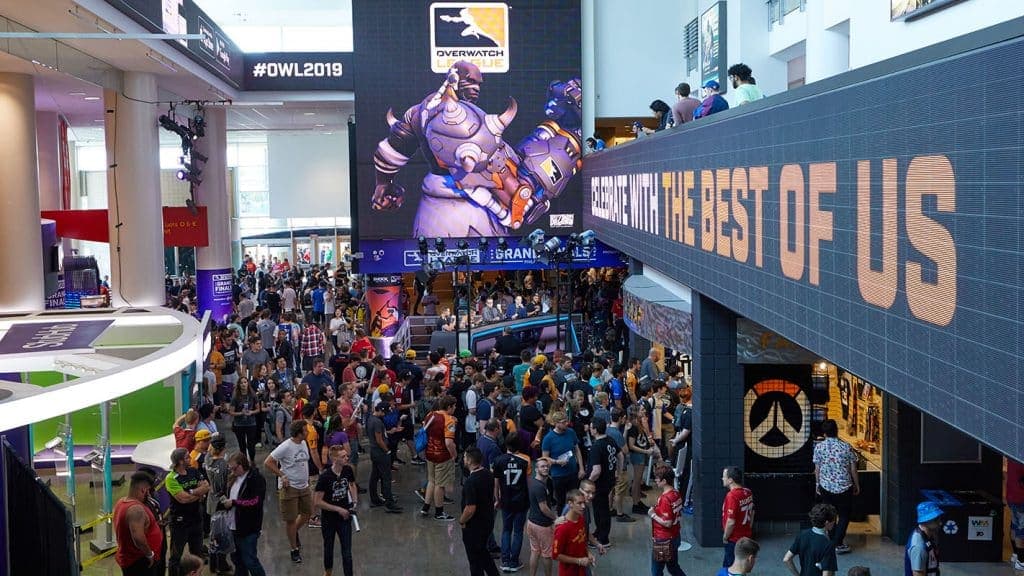 Robert Paul for Blizzard Entertainment
Robert Paul for Blizzard EntertainmentViewership in the Overwatch League has been in freefall: the recent 2023 Spring Stage Qualifiers had a peak of 118,213 viewers and averaged 55,357 viewers — a huge dropoff from the 437,000 peak and the 140,627 average from Season 1.
With no clear path to profitability and Activision Blizzard in the middle of an acquisition by Microsoft, the Overwatch League could be on its last legs.
Earlier this year, the Chengdu Hunters left the Overwatch League, bringing the number of franchises down to 19. And more teams may soon follow in the Hunters’ footsteps. Here is what we know about what’s happening in the Overwatch League.
Is the Overwatch League shutting down?
As of September 6, there is no confirmation that the Overwatch League is coming to an abrupt end. However, this possibility has become increasingly likely since Activision Blizzard released its second-quarter earnings report.
The document revealed that OWL teams will vote on a new operating agreement at the end of the current season.
A team that opts out of the League will be entitled to receive a $6 million termination fee. This means that, if all 19 franchise teams decide to withdraw from the League, Activision Blizzard will have to pay a total of $114 million in termination fees.
After spending between $20–35 million in franchise fees, plus millions more in operating costs over the years, many teams may simply opt out of the League and take the termination fee to stop the bleeding and recoup some of their losses.
Little by little, we’re getting hints of how team owners will vote. On July 26, Li ‘Xerneas’ Xianyao claimed that his team, Guangzhou Charge, will be taking the $6 million payout at the end of the season.
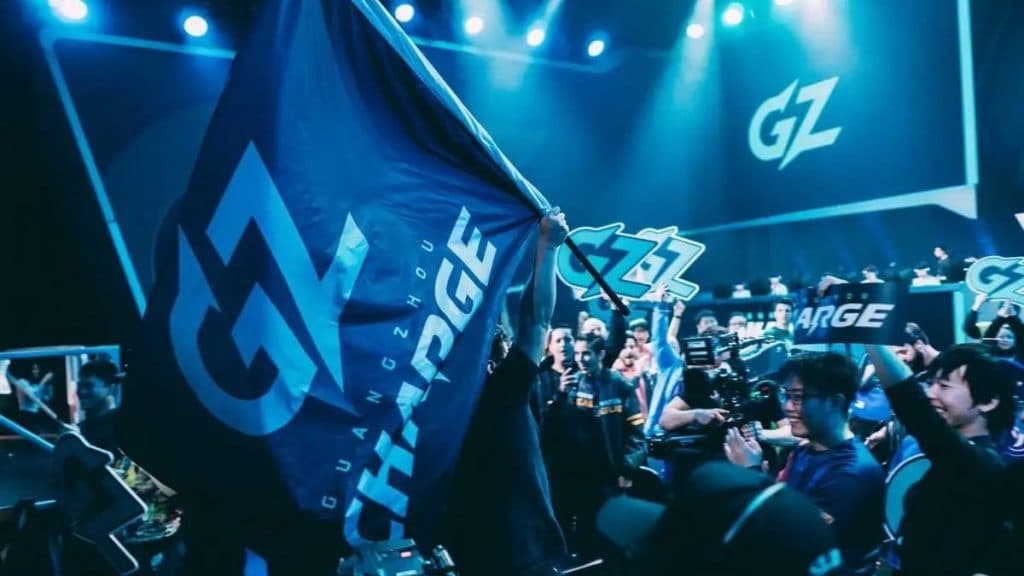 Twitter: Guangzhou Charge
Twitter: Guangzhou ChargeIndependent reporter Jacob Wolf reported in May 2022 that Activision was still owed approximately $400 million in unpaid franchise fees for OWL and CDL, as payments were deferred during lockdowns.
In May 2023, the Sports Business Journal reported that the Overwatch League had agreed to waive the outstanding franchise fees for all teams. At the time, the OWL teams “still owed anywhere between $6 and $7.5 million” to the League, according to the report.
According to Activision Blizzard’s most recent financial report, the Overwatch League revenue represents “less than 1%” of the company’s consolidated net revenue. This came only two months after the company stated that the Overwatch League and the Call of Duty League “continue to face headwinds which are negatively impacting the operations and, potentially, the longevity of the leagues under the current business model.”
When is the vote?
No specific date has been announced as of yet. All we know is that the team owners will vote to either continue in the Overwatch League, under a new operating agreement, or walk away and receive a $6 million fee at the end of the current season.
According to a September 6 report by GGRecon, a supermajority of two-thirds of the votes cast will be required for the League to continue to operate under the new agreement.
The 2023 Overwatch League season will come to an end with the LAN Finals, scheduled for September 28 through October 1. The event will take place in Toronto (co-hosted by the city’s franchise, the Toronto Defiant) and feature the top five teams from the West and the top three from the East. The winner will take home $1 million.
What will happen to Overwatch esports?
Even if the Overwatch League does disappear after the end of the 2023 season, this doesn’t necessarily mean that Overwatch esports will cease to exist. In a May 5 interview with Dexerto, Sean Miller, the Head of the Overwatch League, highlighted that the company remained committed to supporting the game’s esports ecosystem. “[Overwatch esports] are not going away anytime soon,” he said.
On July 19, Miller underlined the same point, telling The Verge that Activision Blizzard is “building toward a revitalized global scene that prioritizes players and fans.”
He added that the company could be taking elements from other esports leagues when designing the future of Overwatch esports. One such league is Overwatch Apex, a tournament series in South Korea organized by cable TV channel OnGameNet (OGN) between 2016 and 2017. Apex came to an end in late 2017, when Blizzard announced that Overwatch Contenders would operate in seven regions. It was rebranded as Contenders Korea.
On September 6, GGRecon reported that the Overwatch League is in talks with third-party tournament organizers about the future of Overwatch esports. The League has reportedly held talks with the ESL FACEIT Group about running the circuit in Europe and North America, though it’s unclear at this point whether EFG would offer white-label production services or organize the circuit under its banner.
What does this mean for the Call of Duty League?
It’s unclear at this point how the cancellation of the Overwatch League will impact its sister league, the Call of Duty League. But what is clear is that the recent round of layoffs at Activision Blizzard has affected workers who were involved in CDL operations.
CDL senior producer Nicholas Haanschoten was among the almost 50 people who were let go in July. On Twitter, he said that he and his “entire content team” had been laid off. He had been with Blizard since 2017, working with Heroes of the Storm and Overwatch before transitioning to Call of Duty.
With the 2023 CDL season already behind us, the rostermania is in full swing. Several teams are already conducting business as they prepare for the 2024 season, which indicates that they believe that the league will go on as planned.
On a July 14 episode of ‘Nadeshot Knows’, 100 Thieves President and COO John Robinson predicted that all CDL teams will be “in a relatively healthy position” by 2025. “That’s a good thing for the league overall, for all the businesses to go through that transition of getting to break-even,” he said.
There is still no announcement of when the 2024 CDL season will start, though this should happen one or two months after the release of the next Call of Duty title. According to a May 11 report from Insider Gaming, Call of Duty 2023 will be titled Modern Warfare 3, with the game set for a November release.
